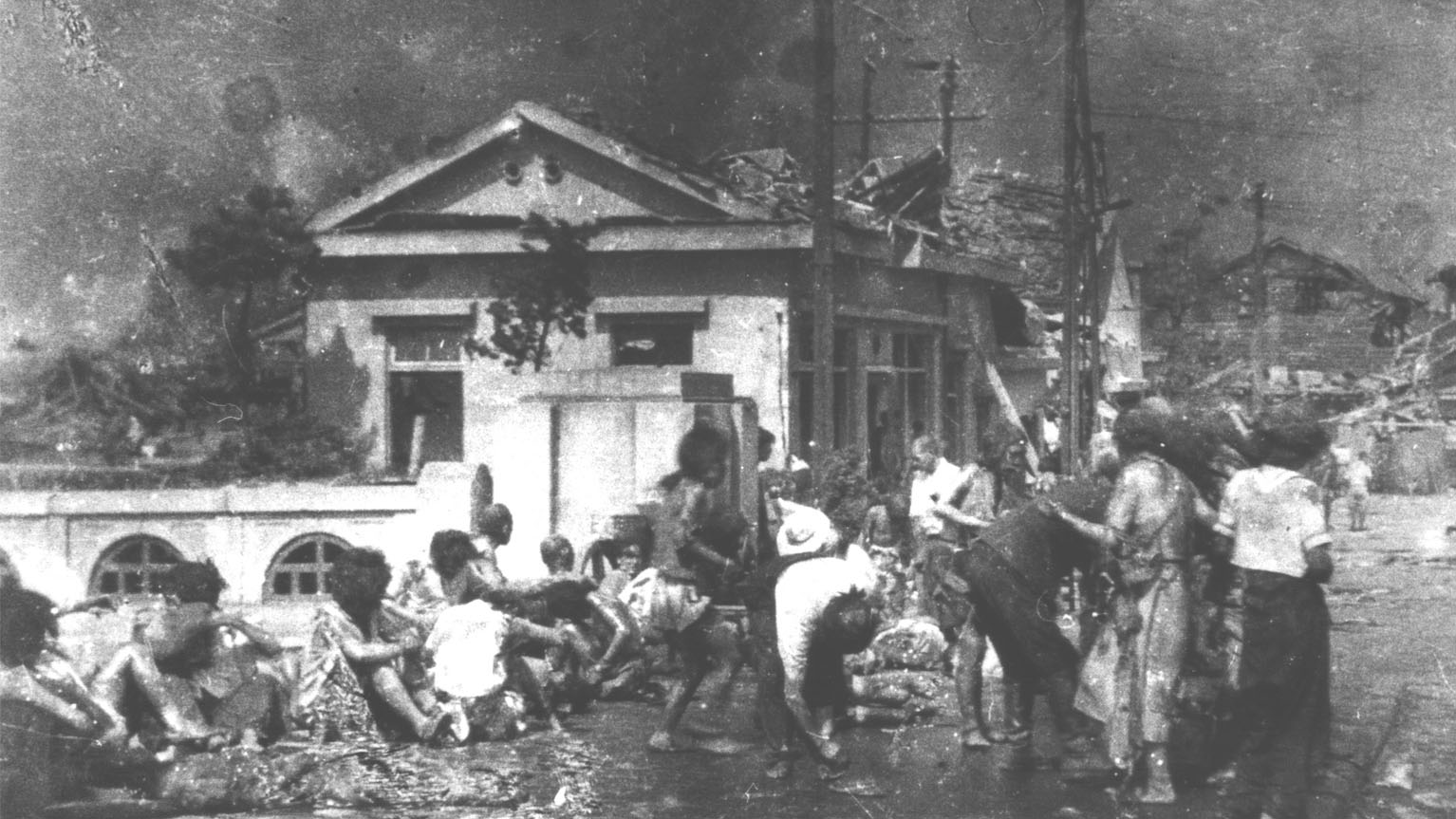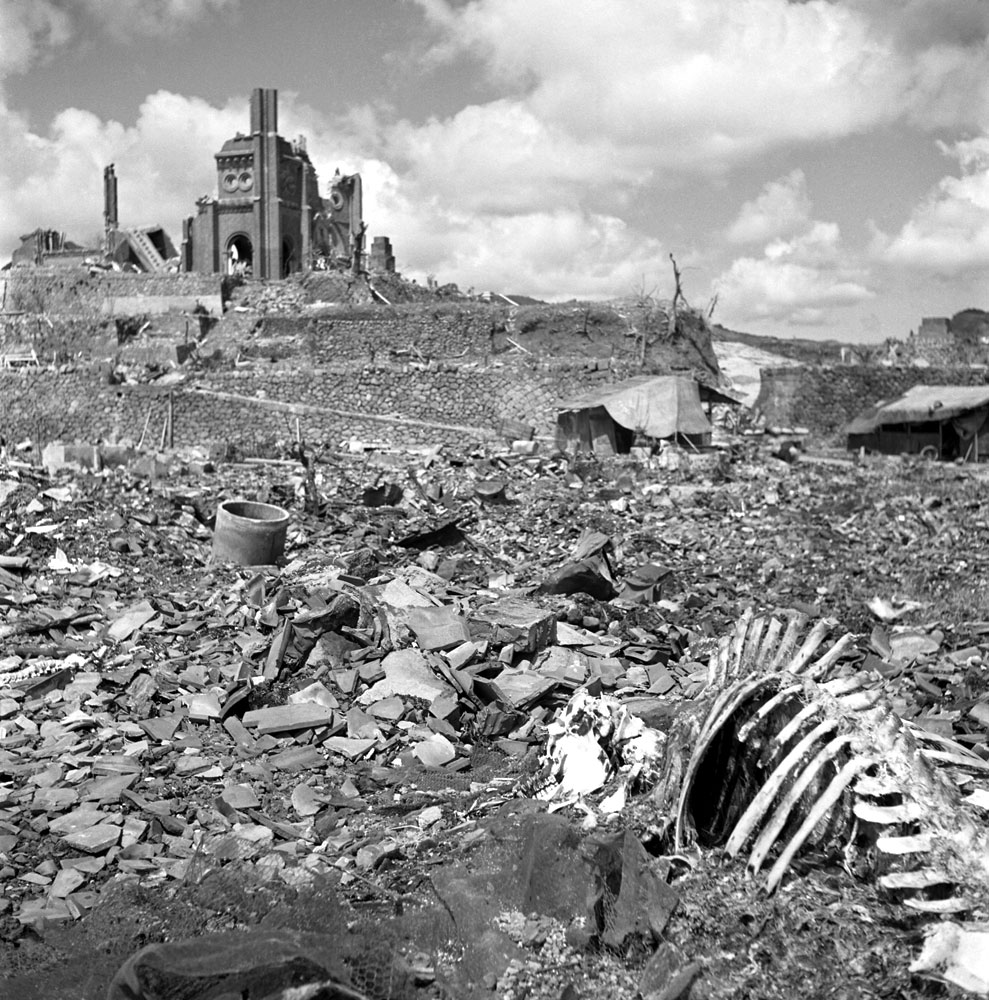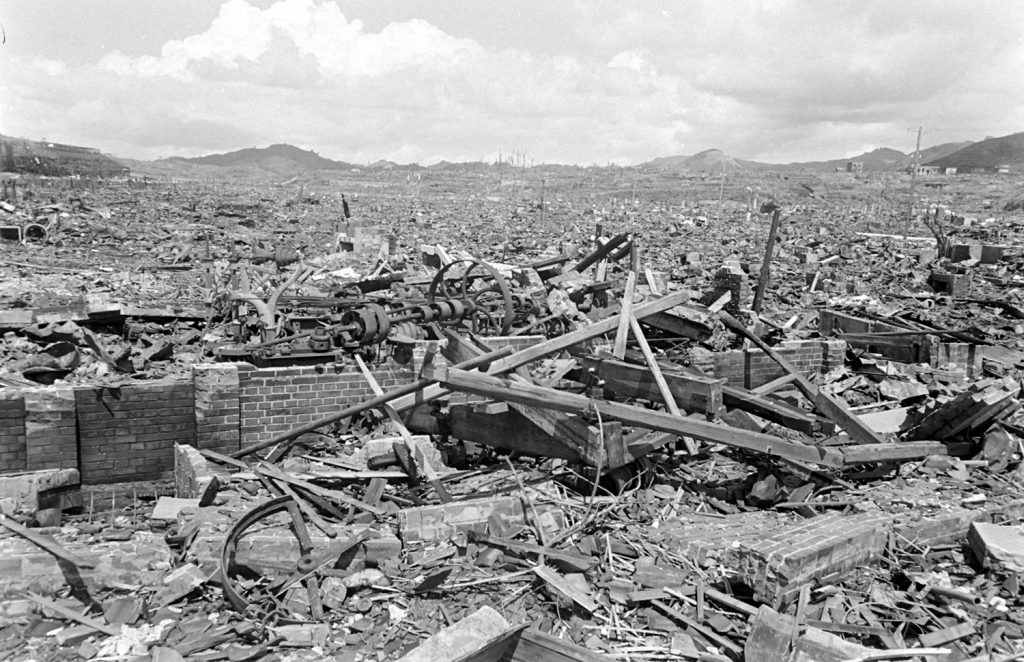The Bomb and the Burden: Decoding Justification for Hiroshima and Nagasaki

On August 6 and 9, 1945, the world witnessed destruction on a scale never seen before. The U.S. dropped atomic bombs on the Japanese cities of Hiroshima and Nagasaki, killing an estimated 200,000 people, most of them civilians. In the decades since, historians, philosophers, military experts, and survivors have debated a searing question: Was it justified?
This article dives into the military reasoning, moral dilemmas, and the legacy of those two days that reshaped global warfare—and conscience—forever.

⚔️ The Military Perspective: Ending the War Swiftly
By mid-1945, Japan had lost most of its empire, but it had not surrendered. U.S. military leaders feared that an invasion of the Japanese home islands—Operation Downfall—would cost hundreds of thousands of Allied lives, and potentially millions of Japanese casualties, including civilians.
President Harry S. Truman authorized the bombings, believing the shock would force a swift Japanese surrender and avoid a prolonged and bloody invasion. Japan formally surrendered on August 15, 1945, just days after the Nagasaki bombing.
Supporters of the decision argue the bombings:
- Prevented an even deadlier invasion.
- Demonstrated American power, especially to the USSR in the early Cold War climate.
- Saved both American and Japanese lives in the long term.
🕯️ The Moral and Ethical Debate: Was It a War Crime?
Critics of the bombings argue that they were:
- Unjustified acts of mass murder against largely civilian populations.
- Driven more by political motives (warning the Soviet Union) than military necessity.
- Part of a racialized dehumanization of Japanese people that allowed for such extreme measures.
Scholars from the “revisionist” school argue that Japan was already on the verge of surrender, especially after the Soviet Union invaded Japanese-held Manchuria on August 8, 1945. The bombings, they claim, were not the only path to peace.
Moral philosophers invoke Just War Theory, especially the principles of proportionality and discrimination (between combatants and civilians). Under these frameworks, the bombings often fail ethical tests.
🧪 The Human Cost: Suffering Beyond Imagination
- Hiroshima: Over 70,000 people died instantly; tens of thousands more in the weeks and years from radiation sickness and burns.
- Nagasaki: Around 40,000 died instantly; again, many more later from injuries and fallout.
- Survivors, or hibakusha, lived with lifelong trauma, radiation-related illnesses, and social stigma. Many became activists for nuclear disarmament.
These human stories add emotional and moral weight to the argument against the bombings. The cities were not just military targets—they were homes, schools, and families.
⚖️ The Legal Legacy: Was It Lawful?
At the time, international law did not specifically prohibit the use of nuclear weapons. However, later principles developed—such as the Geneva Conventions—have shaped the global consensus that indiscriminate targeting of civilians is a violation of humanitarian law.
In Ryuichi Shimoda v. The State (1963), a Japanese court ruled that the atomic bombings were illegal under existing war laws, though no international tribunal ever prosecuted them as war crimes.
💣 The Nuclear Age: A New Burden for Humanity
Beyond WWII, Hiroshima and Nagasaki introduced the world to a terrifying new era. The Cold War saw an arms race that brought the planet multiple times to the brink of nuclear annihilation. “The bomb” became not only a weapon, but a symbol of ultimate human self-destruction.
The burden of Hiroshima and Nagasaki is not only about the past, but about the future. Can such weapons ever be justified again?

🧠 Conclusion: Judgment Without Comfort
The bombings of Hiroshima and Nagasaki remain morally complex and emotionally charged. Some see them as the necessary end to a devastating war. Others view them as an unjustifiable horror—a stain on the legacy of a just cause.
Perhaps the truth lies somewhere between history and heartbreak. The world cannot undo the past, but by decoding its justifications, we can better carry the burden—and avoid repeating it.




